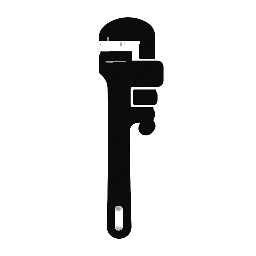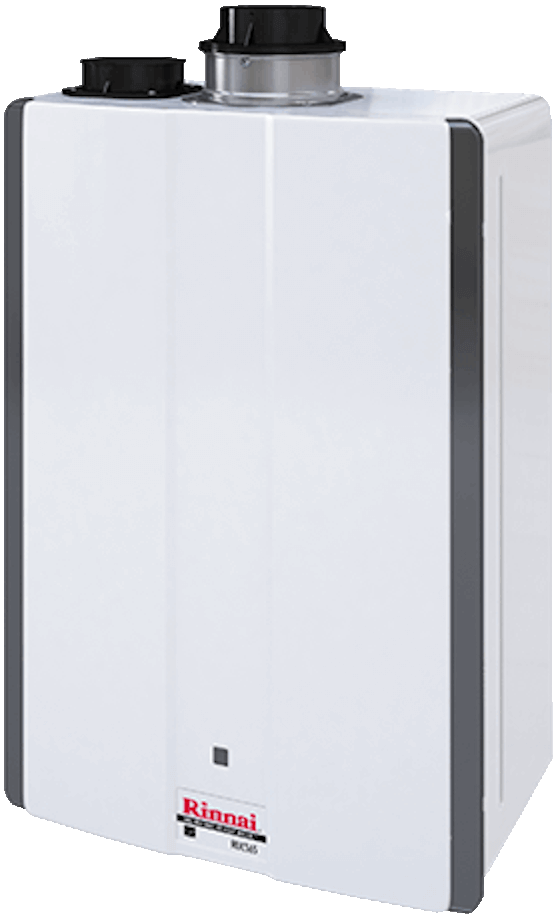Rinnai tankless water heaters are renowned for their efficiency and endless hot water supply. However, like any sophisticated appliance, they can occasionally encounter issues. When your Rinnai acts up, knowing how to diagnose common problems and find reliable repair services quickly can save you from cold showers and costly replacements. This comprehensive guide will walk you through troubleshooting steps, explain when to call a professional, and help you find the best “Rinnai tankless water heater repair near me.”
Understanding Your Rinnai Tankless Water Heater
Before diving into repairs, it’s helpful to understand the basics of how your Rinnai unit operates. Unlike traditional tank heaters, tankless models heat water on demand as it flows through the unit, eliminating standby energy loss. Key components include:
- Heat Exchanger: Where water is heated by gas or electric elements.
- Burner/Heating Elements: Provide the heat for the water.
- Flow Sensor: Detects when hot water is requested.
- Temperature Sensors: Monitor water temperature for precise control.
- Ignition System: Starts the burner (gas models).
- Ventilation System: Exhausts combustion byproducts (gas models).
- Control Board: The “brain” of the unit, managing all operations.
Common Rinnai Tankless Water Heater Problems and Troubleshooting
Many issues can be resolved with a bit of troubleshooting. Always consult your Rinnai owner’s manual for specific error codes and instructions for your model.
1. No Hot Water or Inconsistent Hot Water:
- Check Power/Gas Supply: Ensure the unit is plugged in, the breaker hasn’t tripped, and the gas supply valve is open (for gas models).
- Error Codes: Look for flashing lights or digital error codes on the unit. Refer to your manual to interpret these codes. Common codes indicate issues with ignition, water flow, or temperature sensors.
- Water Flow:
- Low Water Pressure: If multiple fixtures are running, the unit might not be sensing enough flow to activate. Try running hot water at only one faucet.
- Clogged Fixture Aerators/Showerheads: Mineral buildup can restrict flow. Clean or replace them.
- Sediment Buildup in Unit: Over time, sediment can accumulate in the heat exchanger, reducing efficiency and flow. This often requires professional flushing.
- Temperature Settings: Verify the temperature setting on your unit is adequate. Someone might have inadvertently lowered it.
- Air in Gas Line (Gas Models): After a gas outage or new installation, air can be trapped in the lines. Try cycling the unit a few times to purge the air.
2. Error Codes Displayed:
This is your Rinnai trying to tell you what’s wrong.
- Consult Your Manual IMMEDIATELY: Every Rinnai model has a specific list of error codes and their corresponding solutions. Common errors can relate to:
- Ignition Failure (e.g., Code 11): Problems with gas supply, igniter, or flame rod.
- Water Flow Issues (e.g., Code 10): Insufficient water flow detected.
- Temperature Sensor Malfunction (e.g., Code 12, 14, 16): Faulty sensors reading incorrect temperatures.
- Ventilation Issues (e.g., Code 52, 63): Blocked vents or problems with the exhaust fan.
- Simple Reset: Sometimes, simply cycling the power to the unit (turn off at the breaker for 30 seconds, then turn back on) can clear a temporary error.
3. Lukewarm Water or Not Hot Enough:
- Inadequate Sizing: If this is a new issue and not a consistent problem, it’s unlikely to be a sizing issue. However, if you’ve recently increased your hot water demand, your unit might be undersized.
- Flow Rate Too High: The unit may not have enough time to heat the water to the desired temperature if the flow rate is too high.
- Sediment Buildup: As mentioned, sediment can drastically reduce heating efficiency.
- Partially Clogged Heat Exchanger: This will limit the heat transfer.
- Issues with Modulating Gas Valve (Gas Models): The valve might not be opening fully, limiting the fuel supply to the burner.
4. Unit Leaking Water:
- Loose Connections: Check all water inlet and outlet connections for tightness.
- Pressure Relief Valve (PRV): The PRV might be dripping if pressure inside the unit is too high. This could indicate a problem with the expansion tank or excessive incoming water pressure.
- Internal Leak: If the leak is coming from within the unit itself, it often points to a serious issue like a cracked heat exchanger or a failing internal component. This typically requires professional repair or replacement.
5. Strange Noises (Banging, Squealing, Gurgling):
- Sediment Buildup: “Kettling” noises (like a boiling kettle) are a classic sign of significant mineral buildup in the heat exchanger.
- Air in the System: Gurgling sounds can indicate trapped air.
- Pump Issues (if applicable): Some systems have pumps that can make noise if failing.
- Blower Motor (Gas Models): A failing blower motor in a gas unit can produce squealing or grinding noises.
When to Call a Professional Rinnai Repair Technician
While some issues can be DIY fixed, many require the expertise of a certified professional. You should always call a qualified Rinnai repair technician if:
- You see persistent error codes you can’t resolve.
- There is a gas leak smell (immediately shut off gas and evacuate!).
- Water is leaking from inside the unit’s casing.
- You suspect a major component failure (e.g., heat exchanger, control board).
- You are uncomfortable working with gas lines or electrical components.
- Your unit is still under warranty – DIY repairs might void it.
- You’ve tried basic troubleshooting without success.
Finding “Rinnai Tankless Water Heater Repair Near Me”
Now that you’ve assessed the situation, here’s how to find a reputable Rinnai repair specialist:
- Start with Rinnai’s Official Website:
- Go to Rinnai’s official website (rinnai.us).
- Look for a “Find a Pro” or “Service Locator” tool. This is often the best way to find technicians certified by Rinnai, ensuring they have specific training on their products.
- Google Search with Specific Keywords:
- Use precise terms: “Rinnai tankless water heater repair [your city/zip code],” “Rinnai repair specialist [your town],” “tankless water heater service [your neighborhood].”
- Include “near me” for localized results: “Rinnai repair near me.”
- Check Online Directories and Review Sites:
- Yelp, Google Maps, Angi (formerly Angie’s List), HomeAdvisor: These platforms allow you to filter by service type and read customer reviews. Look for businesses with high ratings and positive comments specifically mentioning tankless water heater repair.
- Better Business Bureau (BBB): Check for accreditation and customer complaint history.
- Ask for Recommendations:
- Friends, Family, Neighbors: Personal referrals are often the most trustworthy.
- Local HVAC or Plumbing Companies: Many full-service HVAC and plumbing companies also specialize in water heaters, including tankless units.
- Verify Credentials and Experience:
- Rinnai Certification: Ask if technicians are Rinnai certified or factory-trained. This is a significant advantage.
- Licensed and Insured: Ensure the company is licensed to operate in your area and carries adequate insurance.
- Experience with Tankless: Specifically ask about their experience with Rinnai tankless units, not just traditional water heaters.
- Get Multiple Quotes:
- Contact at least two or three companies for diagnostics and repair estimates.
- Be wary of significantly lower or higher quotes – they could indicate inexperience or an attempt to upsell unnecessary services.
- Ask for a detailed breakdown of parts and labor.
- Inquire About Warranty and Guarantees:
- Does the company offer a warranty on their repair work or replaced parts?
- Understand your Rinnai unit’s existing warranty. Some parts might still be covered by the manufacturer.
Preventive Maintenance to Avoid Future Repairs
Regular maintenance can significantly extend the life of your Rinnai tankless water heater and prevent costly breakdowns.
- Annual Flushing: This is the most critical maintenance task. Mineral deposits (scale) can build up in the heat exchanger, reducing efficiency and potentially leading to serious damage. A professional can flush the system with a descaling solution. Rinnai recommends flushing at least once a year, more often in areas with hard water.
- Clean External Filters: Some units have inline filters that can be easily cleaned.
- Inspect Venting (Gas Models): Ensure no obstructions or damage to the exhaust vents.
- Check for Leaks: Periodically inspect the unit and connections for any signs of dripping or leaks.
- Professional Tune-Up: Consider an annual professional inspection and tune-up, especially if you’re not comfortable with DIY maintenance.
By understanding your Rinnai tankless water heater, performing basic troubleshooting, and knowing when to call a qualified professional, you can ensure your unit continues to provide efficient, on-demand hot water for years to come.


Leave a Reply